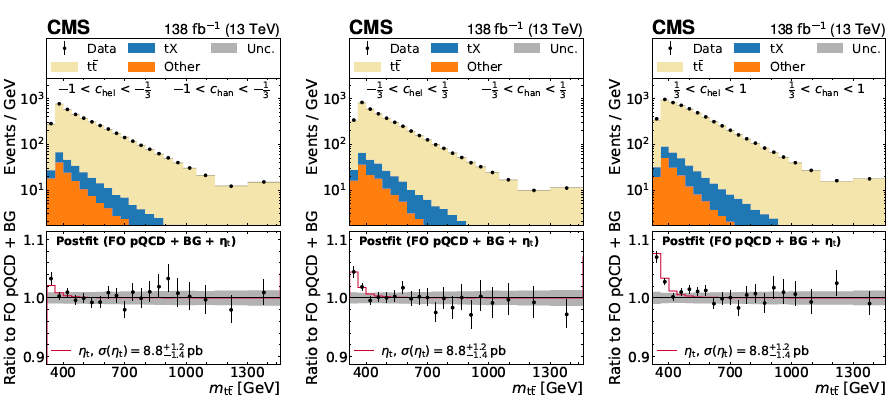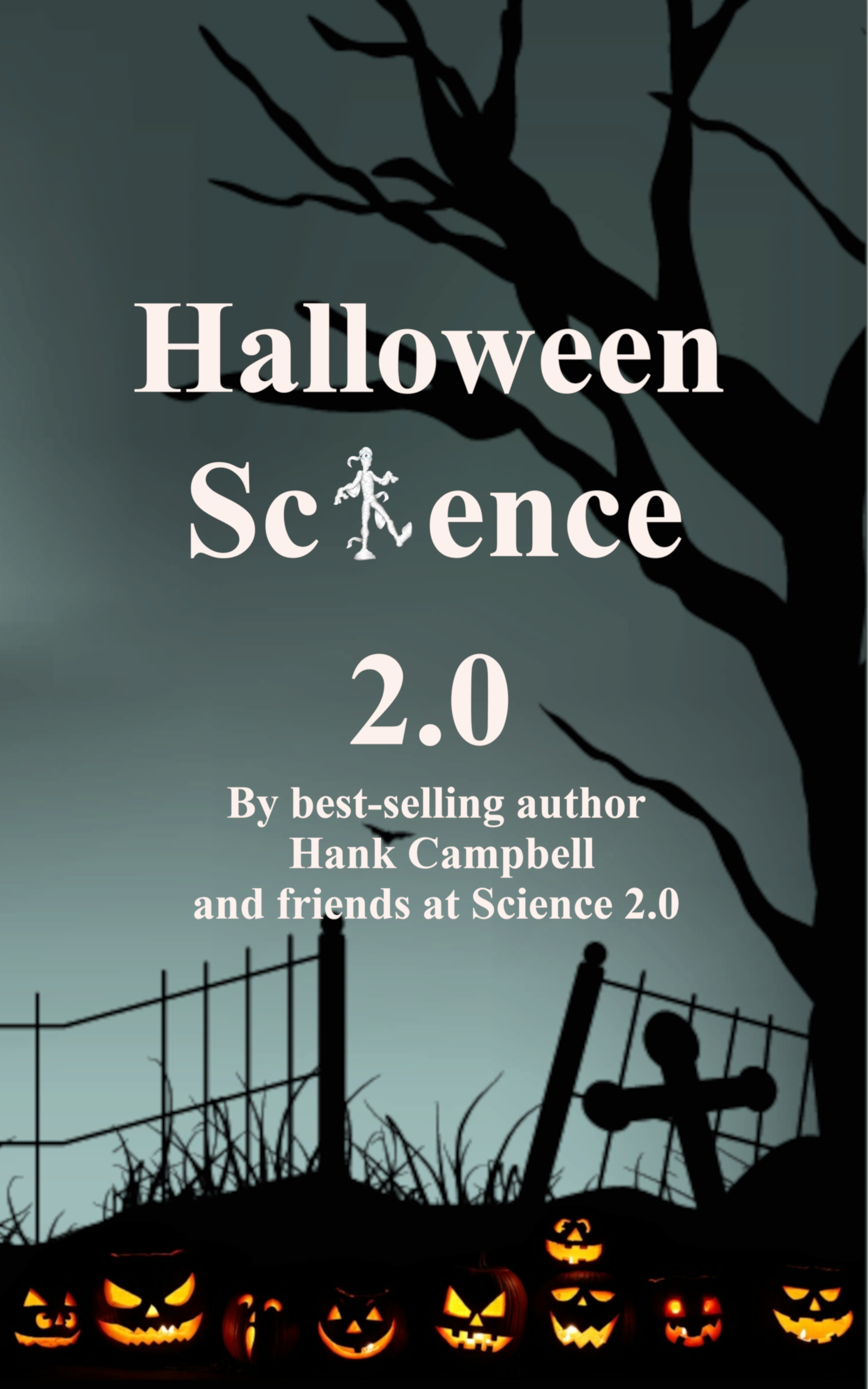The top quark
At a weight of 173 GeV (equivalent to the atomic weight of a full Osmium atom), top is remarkable for many reasons. First of all, it has always been said to be special because, contrarily to the other five lighter quarks, it would decay too quickly for a bound state (e.g., a meson produced by combining with a lighter antiquark) to be formed. This also was said to mean that the top quark is born and decays "free" from the effect of quantum chromodynamics interactions.
The top quark is also special because it is so massive that it allows the W boson emitted in its decay to be a real particle, not a virtual one. The decay is spectacular, as an energetic b-quark is thrown in one direction while the W boson is generated and kicked in the opposite one; while the b-quark then immediately fragments into a stream of light hadrons, the W boson decays to two further hadronic jets or a lepton-neutrino pair. All final state objects (jets and leptons) can be measured with high precision in today's collider detectors, to the joy of experimentalists that have since 1995 been amassing a wealth of detailed measurements of the top quark properties.
During these 30 years progress has been incremental, though: more and more precise estimates of the top quark mass, differential and double-differential cross section measurements, precise branching fractions, and so on.
But now the top quark is surprising us again. The CMS experiment at the CERN Large Hadron Collider has pulled off a demonstration that in a fraction of the collisions producing top quark pairs, the two top quarks find themselves sharing the same point of space and have no global colour charge. A "colour singlet" pair of top quarks can then be thought of as a bound state - either a pseudoscalar or scalar particle of spin 0 - even if its lifetime is absurdly small. The existence of this combination, called Toponium, was doubted until now, but the new data demonstrates that the system (its pseudoscalar form) does exist.
The CMS result
CMS has perfected its procedures for collection of high-purity top quark pair events. When they select collisions where two high-momentum leptons and significant missing transverse momentum (indicating the escape of neutrinos) are seen, with the addition of two energetic jets one of which contains traces of having been originated by a b-quark fragmentation, backgrounds are really minimal. The selected events can then be studied as a function of three variables: the combined invariant mass of the two reconstructed top quarks, and two kinematical variables describing the different spin configurations of the decaying objects. Projected on the total invariant mass, the distributions look like this in three relevant bins of the spin-sensitive variables:

The center and right panels show data where the signal of a Toponium configuration should be more evident. And as you can see, there is a small but distinctive excess of events (red curve in bottom panels) at threshold (i.e., near the kinematic limit of low mass, where the two top quarks are produced at rest). As small as that excess looks, it is quite significant in statistical terms.
You should also notice how the data (black points in the upper panels) are completely dominated by top quark production: the yellow part of the histograms describe the contribution of that process to the data, and the graphs are shown in semi-logarithmic scale, so the blue and orange contributions amount to less than 10 percent of the total data.
You can find much more information about the analysis at the arxiv preprint put out by CMS on March 28 here.
While the existence of Toponium is a prediction of non-relativistic quantum chromodynamics (while standard perturbative QCD does not account for it), the observation is a real deal - it casts new light in the production of top quarks in hadron collisions, and opens the way to a whole new area of investigation. I wonder if Sabine Hossenfelder will now claim that the LHC does not make any discovery. Probably she will, as she has been quite vocal about the useless nature of research at the high-energy frontier. But as with any retrograde ideas in science, this one, too, will get submerged by new scientific advancements and knowledge.
So, what remains is to congratulate with my CMS colleagues who pulled off this quite remarkable new result. I am really intrigued by the physics scenarios that open up with this new discovery!





Comments